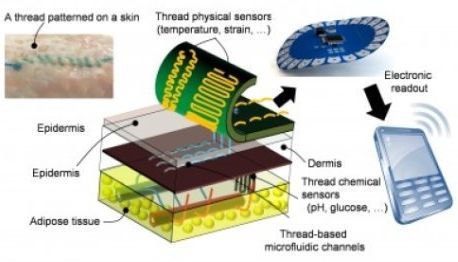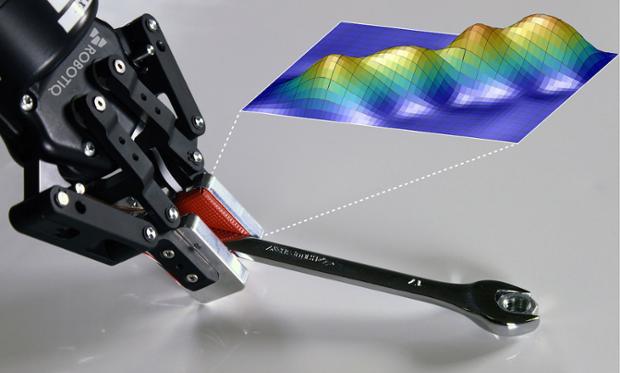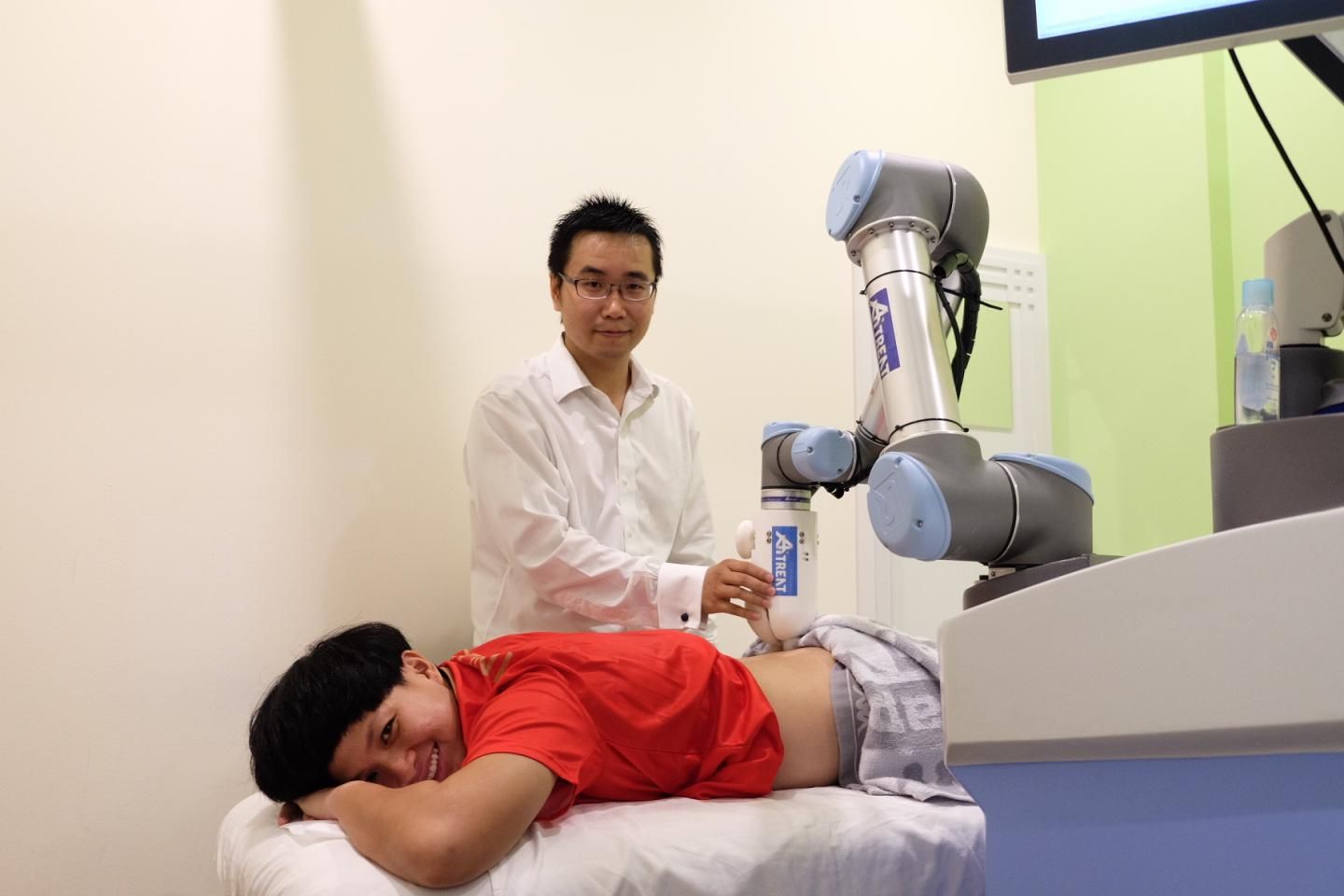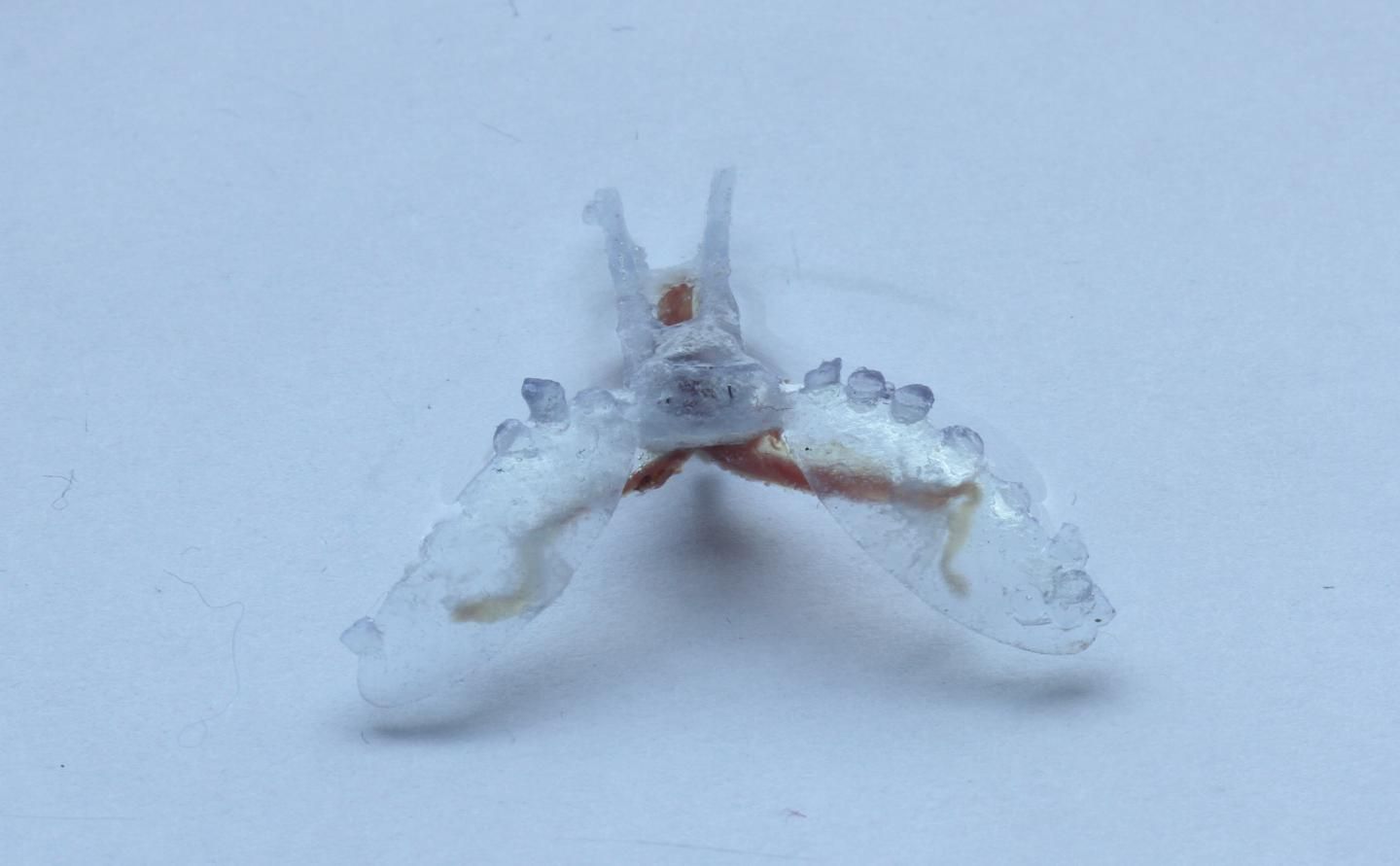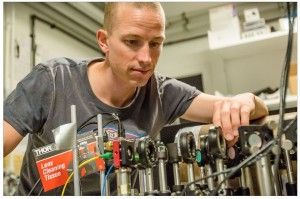Jul 18, 2016
Research breakthrough towards ‘practical’ quantum computing future
Posted by Karen Hurst in categories: computing, quantum physics
This truly makes QC more practical on many fronts. First, no need for QC to reside in an “icebox” room/ environment. Second, with the recent findings on making quantum computing scalable; we now have a method in place to not make QC devices over heat as well. So, again another major step forward by Sydney and their partners in Switzerland and Germany.
http://www.itwire.com/development/73884-research-breakthroug…uture.html
A group of international researchers, including a leading research from the University of Sydney, has made a breakthrough discovery, making a conducting carbon material that they demonstrated could be used to perform quantum computing at room temperature, rather than near absolute zero (−273°C).
Continue reading “Research breakthrough towards ‘practical’ quantum computing future” »

